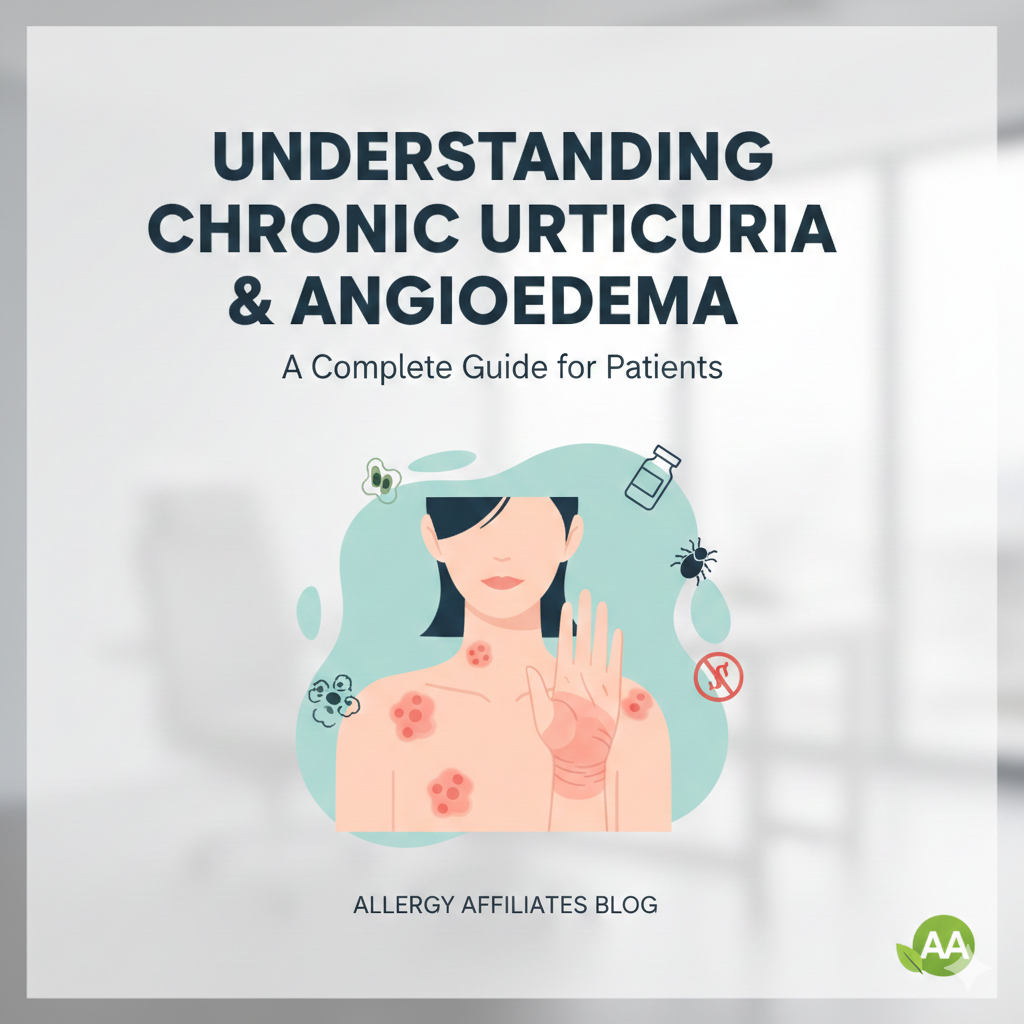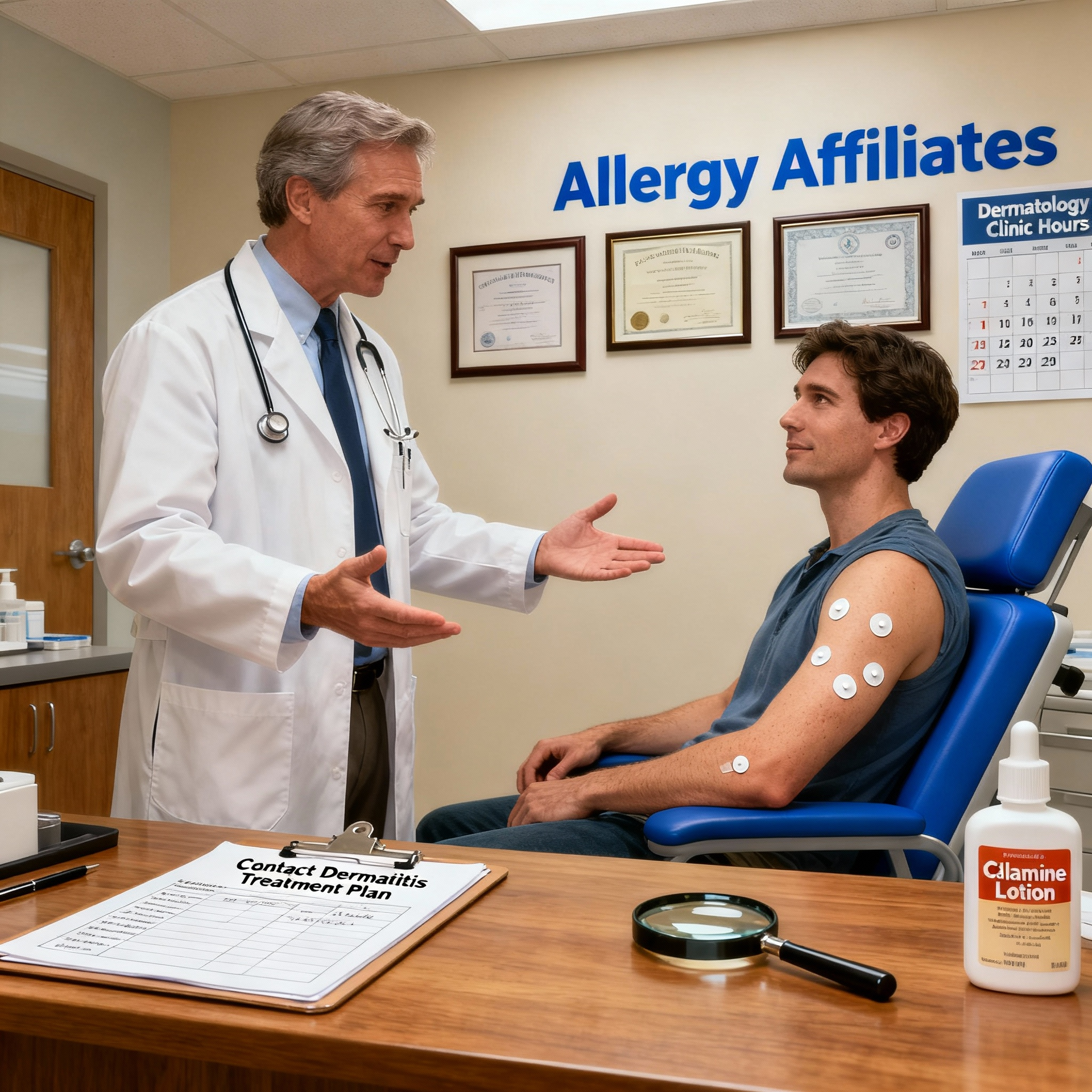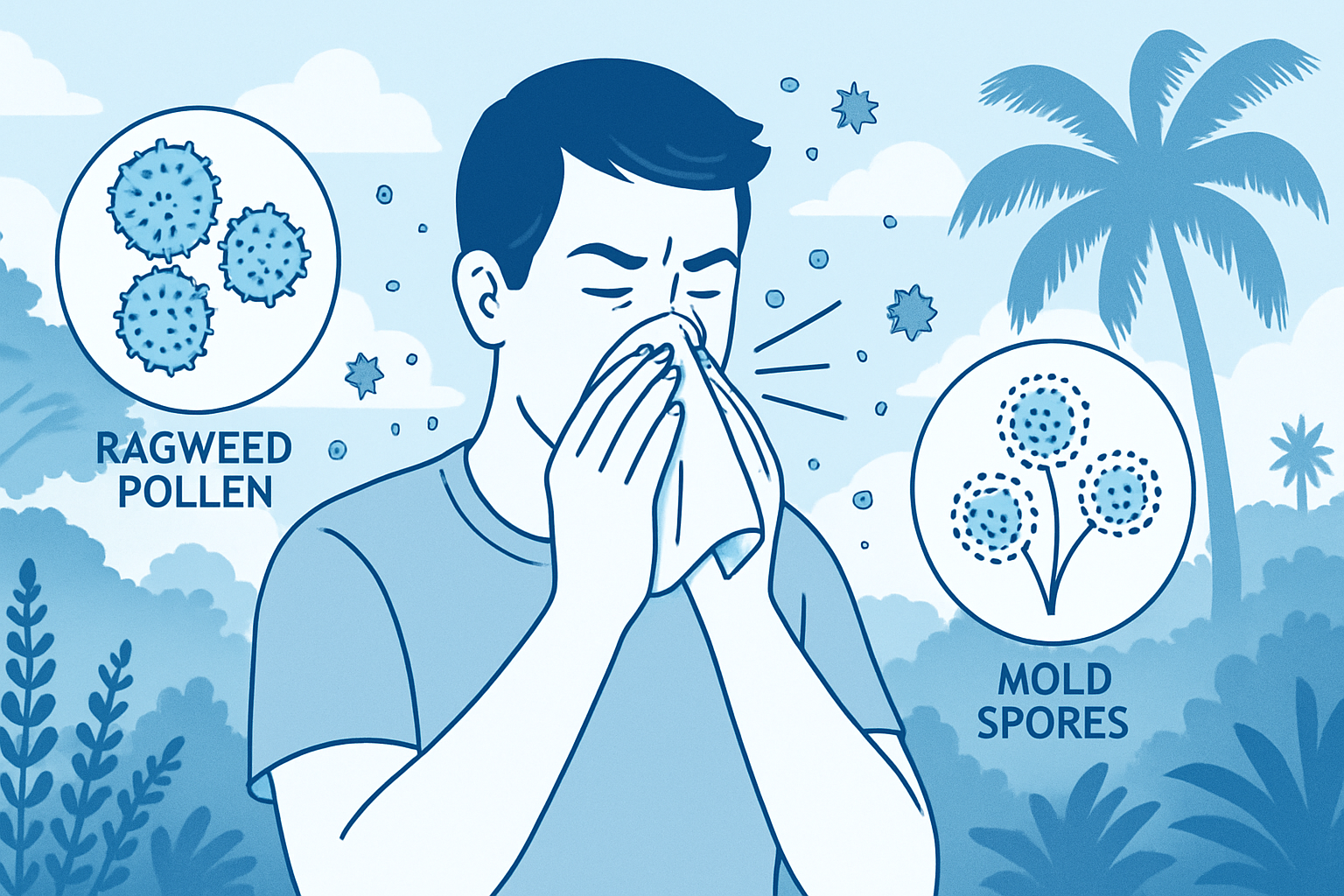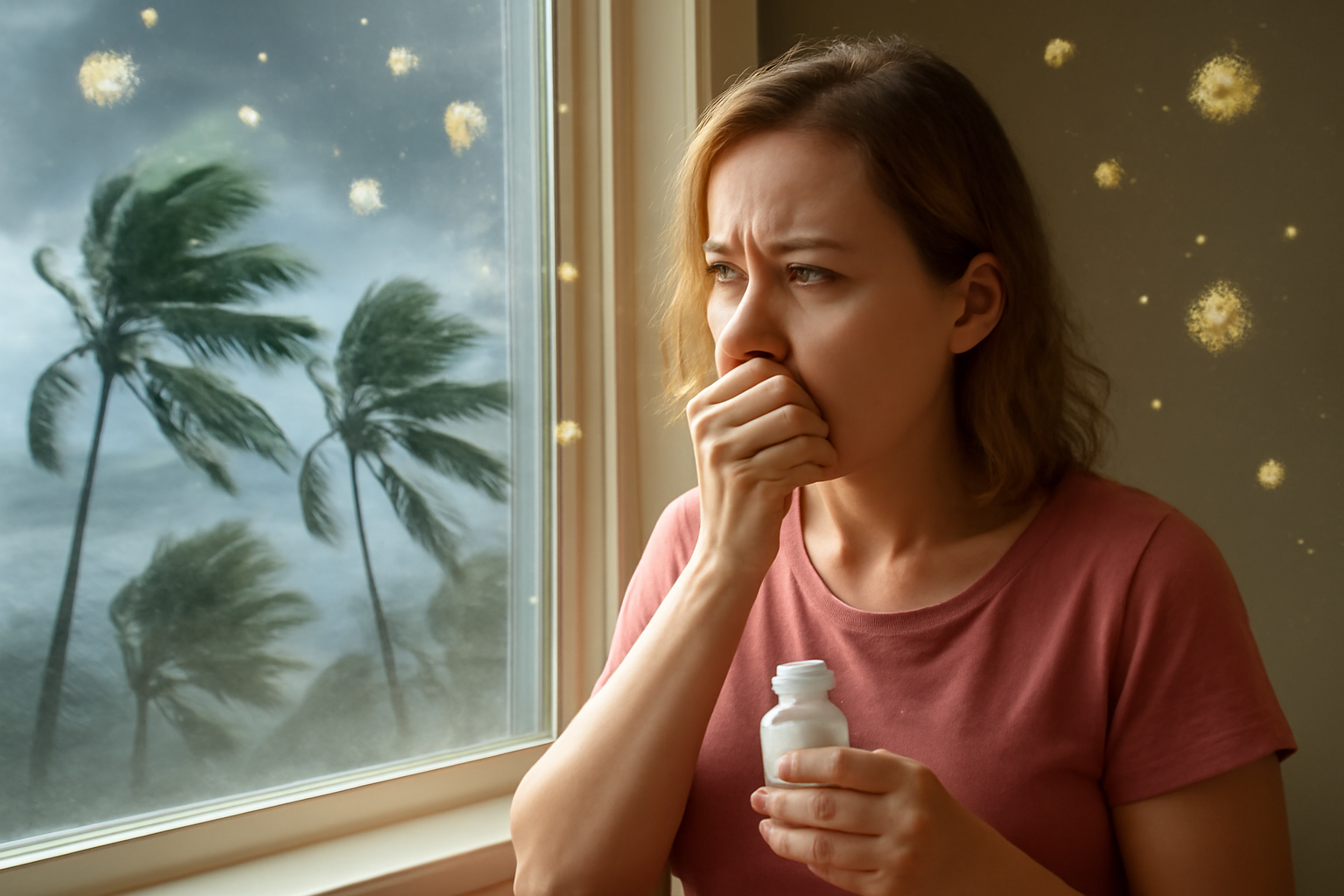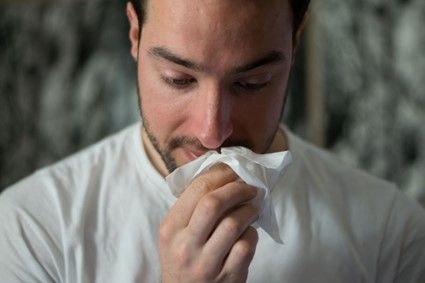
About one million children in the United States suffer from peanut allergies. Only one out of five of these children will overcome it. Peanut allergies are the most life-threatening food allergies a child can have. Allergy sufferers must strictly avoid exposure for the sake of preventing severe and potentially life-threatening reactions.
But thanks to Palforzia, a new peanut allergy medicine, severe complications are less likely to occur. The article will explain what the treatment involves and decide if it's appropriate for your child.
FDA Approves Palforzia
Palforzia is a powder derived from peanuts. Through a process known as oral immunotherapy, it decreases the severity and occurrence of allergic reactions. When it comes to allergies, immunotherapy entails exposing a patient gradually to the allergen they are intolerant of, like peanuts in this instance. A small amount of the powder is progressively given to patients until their bodies no longer recognize it as a foreign substance.
This new medicine is the first and only medicine approved by the Food and Drug Administration (FDA) to treat peanut allergy in children and adolescents (ages 4 to 17). If a patient turns 18 during the duration of the treatment, they must keep taking it. Furthermore, if a child or teenager started taking this medicine when they were young, they could continue taking it as an adult unless advised otherwise by their physician.
Patients can only receive this treatment through a strict Palforzia Risk Evaluation and Mitigation Strategy (REMS) program. Learn more about the FDA approval of this peanut allergy medicine in this link.
Palforzia for Children and Teens: What You Should Know
In this section, you will find information describing how Palforzia works and its administration process. Other crucial details are the potential side effects and preventive measures you should take.
How does it work?
Palforzia powder is available in color-coded, pre-measured capsules to ensure your child takes the right amount at each stage. Your child cannot take the powder on its own. Instead, pop the capsule open and mix it into soft foods such as pudding, yogurt, or applesauce to use the medicine.
The purpose of Palforzia is to build a tolerance to peanut protein. Peanut allergy therapy with Palforzia consists of three stages.
- Dose escalation
- Dose increase
- Maintenance Phase
Patients who receive their first dose of the medicine are always under the supervision of a healthcare professional. Moreover, healthcare providers must administer the first dose of each up-dose or stage that patients receive. This process allows doctors to monitor patients closely in case of an adverse reaction.
Three Stages of Palforzia Immunotherapy
This first phase, called initial dose escalation, occurs in the doctor's office over four hours. Your child will receive small doses of peanut protein ranging from 0.5 mg to 6 mg. If they can tolerate 3 mg, they can proceed to the next stage.
The second step is up-dosing, which entails administering peanut protein regularly for six months. Every doctor's visit, the allergist will gradually increase the dose.
Next comes the maintenance phase, where a minimum dose is taken every day. You simply open the sachet and administer it with soft food as you normally would. Over time, the maintenance phase allows your child to maintain their tolerance to peanuts.
Also, it is important for families who plan to use Palforzia to recognize that it involves several doctor visits over six months, daily drug consumption, and a commitment to follow through.
Are there any side effects?
The Palforzia treatment involves intentionally exposing patients to peanut allergens. For this reason, some side effects should be expected. This is why each new dose level is supervised carefully at the allergist's office. Side effects can range from mild to moderate. Clinical studies have shown that common side effects include:
- feeling unwell
- stomachache
- cough
- breathing difficulties
- sneezing and wheezing
- runny nose
- nausea
- hives or itchiness
- burning or itching in the mouth
- itching throat
Is it a permanent cure for peanut allergy?
Palforzia does not eradicate peanut allergies, but it can help reduce symptoms along with a peanut-avoidance diet. Although it's not a permanent cure for the allergy, it can significantly reduce the severity of your child's reaction to unintentional exposure.
Precautionary Measures in Taking Palforzia
Here are some precautionary measures that you should strictly follow:
- First and foremost, you should not use Palforzia as an emergency treatment during an allergic reaction.
- During the treatment, especially in the early stages, your child must adhere to a strict peanut-free diet.
- Your child can only take the capsule once a day. Changing the dosage of Palforzia without a health provider's approval can have dangerous consequences.
- Usually, side effects appear within an hour of taking the medicine. For monitoring symptoms, stay awake for one hour or more after taking a dose.
- Avoid exercise, hot baths, or showers for three hours after taking Palforzia. These activities may increase the risk of adverse reactions. Thus, it's vital to cool down and bring your heart rate to normal before taking the dose.
- Patients with uncontrolled asthma should not take the treatment.
- Although rare, anaphylaxis may occur that requires immediate medical treatment. That's why Palforzia users must continue to carry EpiPens in case of severe allergic reactions.
- Patients taking Palforzia capsules should not inhale or swallow the powder alone. You can't mix it with liquid either.
Take the First Step to Relieve Peanut Allergy
If your child suffers from peanut allergies, this FDA-approved treatment will help lessen the severity of their allergies. If you are interested in Palforzia for your child, talk to a
trusted allergy specialist to learn more about the PALFORZIA REMS program. Call or schedule an appointment online with Allergy Affiliates today!
